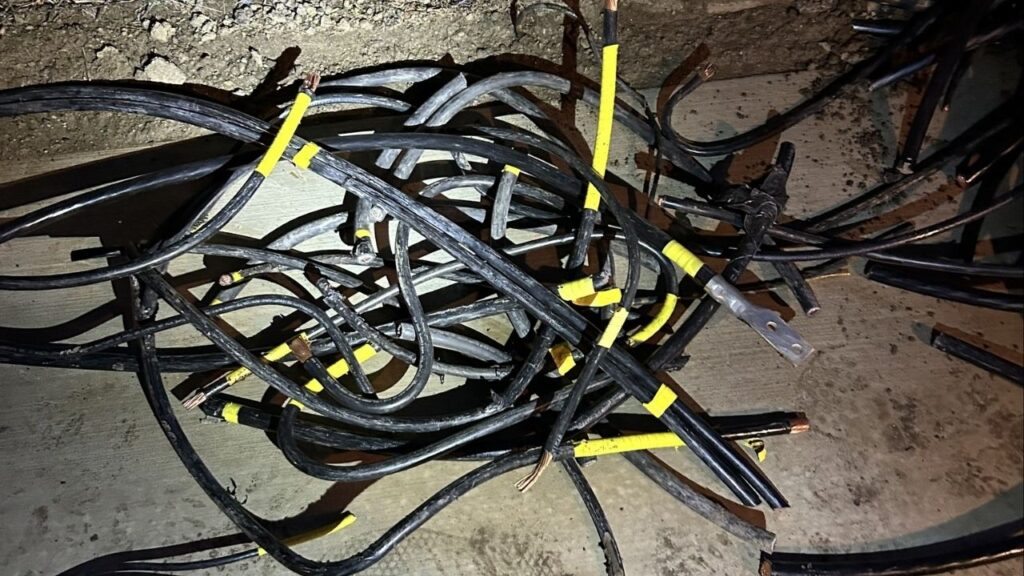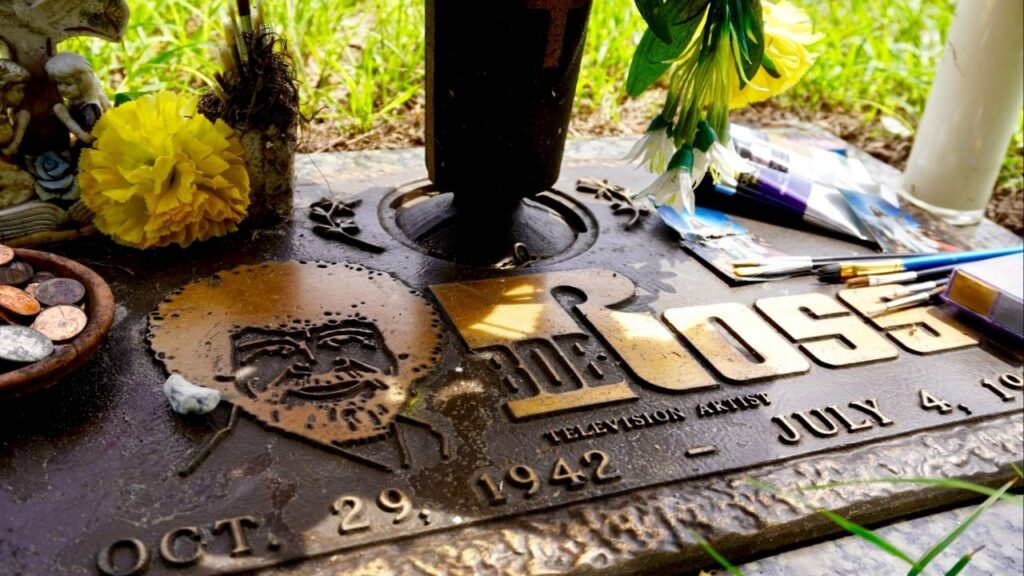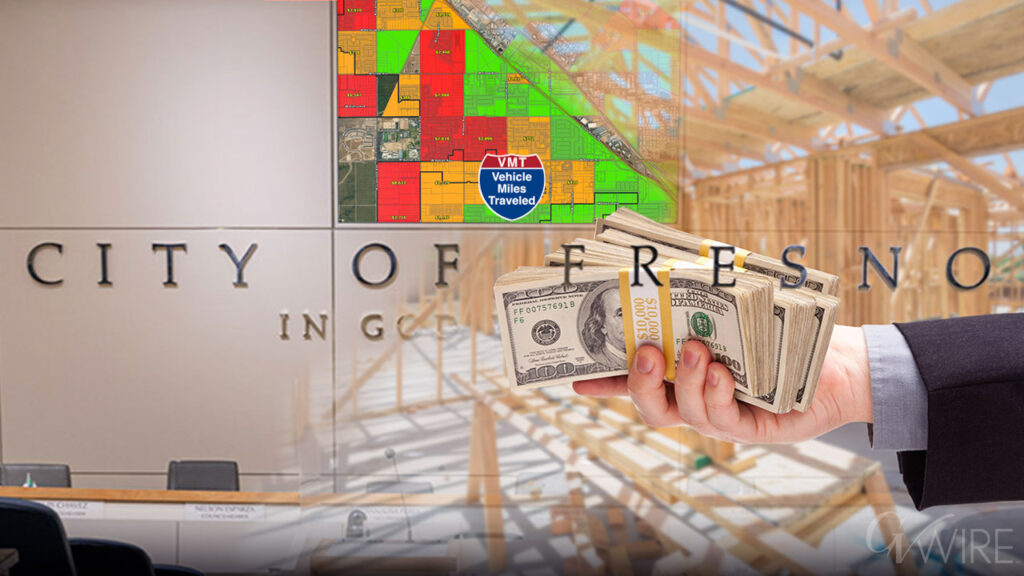Beyond the vintage diners and roadside kitsch, Route 66 passes stunning natural attractions from Missouri caves to Arizona craters. (Depositphotos)

- Discover spectacular caves, craters and canyons just off Route 66.
- Ancient lava flows and meteor impacts shaped these roadside wonders.
- Natural attractions rival the Mother Road's famous neon signs.
Share
Route 66 may be most famous for its neon signs and kitschy man-made attractions. But this legendary highway also winds past some of America’s wildest marvels of nature, breathtaking scenery and awe-inspiring landscapes.
While some natural wonders, like the Grand Canyon, require a significant detour, these incredible spots are just a few miles off the Mother Road. You won’t have to stray far from Route 66 to experience these stunning sights.
Meramec Caverns
Missouri’s official nickname might be the Show Me State, but with more than 7,500 recorded caves, maybe it should be called the Show Me the Caves State. Tucked into the Ozarks just a few miles south of old Route 66, Meramec Caverns is the state’s largest commercial cave and one of the iconic highway’s best-known natural wonders.
In the 1930s, barn billboards across 14 states directed travelers to this underground spectacle. Today, they’re a rarer find, but you might spot one along the 500 miles of Route 66 between Pontiac and Odell. When you finally pull into Sullivan, Miss. – about 300 miles later – you’ll find towering mineral formations, secret hideouts rumored to be used by Jesse James, and guided tours that showcase nature’s more dramatic side.
Grand Falls
In Southwest Missouri, Grand Falls is Missouri’s largest continuously flowing natural waterfall. As it spills over a wide ledge of solid rock, the water creates a stunning curtain that flows year-round, fueled by Shoal Creek.
Locals love to cool off here when the weather’s warm, but enjoying the falls with your feet firmly planted on dry ground is just as easy. Whether you stop for a quick photo op or settle in for a picnic by the water’s edge, Grand Falls is a short detour from Route 66 that delivers big natural beauty.
Blue Hole
On the eastern edge of Santa Rosa, N.M., just south of old Route 66, the Blue Hole is a brilliant natural artesian spring that feels like it belongs in the Caribbean, not the high desert. With water so clear you can see 80 feet down to the bottom, it’s no wonder this natural wonder draws swimmers, scuba divers and road-trippers looking to cool off.
The water in the circular swimming hole stays a brisk 61 degrees Fahrenheit year-round. That may sound refreshing, especially if you’ve been driving across New Mexico’s sunbaked landscape for hours, but it’s quite chilly if you jump in. Even if you dip your toes in the water, the Blue Hole is a Route 66 natural wonder that definitely makes a splash.
Petroglyph National Monument
About 2.5 miles north of Route 66 on the west side of Albuquerque, Petroglyph National Monument offers a different kind of roadside attraction – one carved by ancient hands instead of bright neon lights. Across the black volcanic rock, Native Americans and Spanish settlers etched more than 24,000 images, from simple shapes to detailed depictions of animals, people and ancient symbols.
Several easy trails wind through the monument, giving you a front-row view of this outdoor gallery. As you walk among the lava rocks and ancient carvings, you can almost hear the whispered tales of the Southwest’s original storytellers.
El Malpais National Monument
Just a few miles east of Grants, N.M., El Malpais National Monument offers one of the most unique landscapes along the Mother Road. Formed by ancient volcanic activity, this wild expanse of lava flows, cinder cones and sandstone bluffs looks like another planet.
“El malpais” means the badlands in Spanish, but don’t let the name fool you. This harsh but beautiful terrain delivers panoramic views, hidden caves and some of the most impressive backgrounds for selfies along Route 66.
Petrified Forest National Park
Along a scenic stretch of old Route 66 in Eastern Arizona, Petrified Forest National Park delivers a 2-for-1 natural wonder: the colorful Painted Desert and the ancient fossilized trees that give the park its name. As you drive through, you’ll pass otherworldly landscapes streaked in pink, red and lavender, delivering the kind of views that demand you pull over and stare for a while.
In this park filled with stone logs and rainbow-striped mesas, you’ll find a preserved stretch of Route 66 marked by a row of telephone poles and a rusted 1932 Studebaker. While much of the original road in this area has been replaced by I-40, it’s fitting that a national park shaped by time and weather protects this stretch of the Mother Road.
Meteor Crater
Just a few miles south of old Route 66 near Winslow, Meteor Crater proves that sometimes the biggest roadside attractions come from outer space. About 50,000 years ago, a massive meteor slammed into what’s now Northern Arizona, leaving behind a giant scar that’s nearly a mile across and more than 550 feet deep.
Today, you can visit the site and peer over the rim into the massive crater, tour the interactive discovery center, and even spot pieces of the original meteorite on display. While the nearby Grand Canyon might get all the glory, Meteor Crater is the kind of natural wonder that reminds you just how wild and unpredictable the American Southwest can be.
Walnut Canyon
About 2 miles south of old Route 66 near Flagstaff, Walnut Canyon National Monument offers a glimpse into ancient life carved right into the cliffs. More than 700 years ago, the Sinagua people built stone dwellings into the canyon walls, using natural overhangs for shelter and shade.
Today, you can hike down into the canyon on the Island Trail for a closer look at these cliff homes, or stick to the rim and take in sweeping views of the rugged landscape. Either way, Walnut Canyon delivers one of the most fascinating and unexpected stops along Route 66.
Flagstaff, Arizona
Designated as the world’s first International Dark Sky City, Flagstaff is one of the best places along Route 66 to gaze upward at otherworldly natural wonders. With clear desert skies and minimal light pollution, you don’t even need a telescope to soak in a dazzling sweep of stars.
But if you want a closer look, head about 4 miles north of old Route 66 to Lowell Observatory. Founded in 1894, this historic site is where Clyde Tombaugh discovered Pluto, and astronomers continue to unlock the secrets of deep space. Tour the historic telescopes, attend a live sky show, or peer through modern equipment to spot distant planets, galaxies and maybe even a shooting star or two.
Mojave Desert
Stretching across Southeastern California, the Mojave Desert forms one of the most dramatic backdrops along Route 66. Rugged mountains and endless stretches of sunbaked earth create a stark and beautiful landscape. It’s the kind of place where mirages dance and the road seems to go on forever.
As you roll past ghost towns, volcanic cinder cones and plenty of open sky, it’s easy to see why early Route 66 travelers carefully timed this stretch to avoid the worst of the desert heat. Today, this stretch between Needles and Barstow still feels as raw and untamed as it did when Route 66 travelers first crossed it.
Amboy Crater
About 1.5 miles south of old Route 66, the Amboy Crater rises unexpectedly from the flat desert floor. This nearly perfect volcanic cinder cone formed about 79,000 years ago, and it’s been a striking landmark for Route 66 travelers ever since.
A short trail leads adventurous visitors across the ancient lava field and up to the rim, offering sweeping views of the surrounding Mojave Desert. Even if you don’t make the climb, it’s hard to miss this stark, black dome against the endless sand and sky – a reminder that Mother Nature had a dramatic flair long before road trips made it famous.
Route 66’s Untamed Beauty
From ancient caves to volcanic craters, Route 66 is more than neon signs and retro diners. These wild natural wonders beg you to stop and experience the untamed beauty that’s been here long before the first mile of Route 66 was paved nearly a century ago.
___
Sage Scott is a travel writer and photographer who was bitten by the travel bug as a preschooler when her family moved abroad for the first time. She recently checked a classic road trip off her bucket list by driving all 2,448 miles of Route 66, from Chicago to Santa Monica. Follow her adventures at Everyday Wanderer.



















